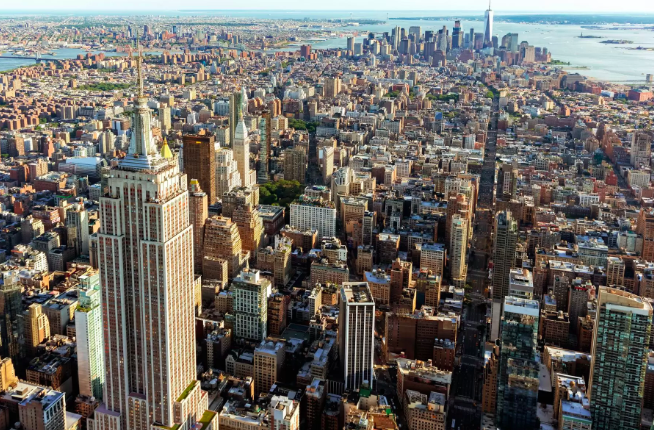Moving to a new country and starting a life from scratch is never an easy process. Giving up the close proximity of everyone and everything you love and starting afresh takes a huge toll on you, and you are often left on your own in an unfamiliar land, surrounded by foreign faces. For someone to shift from Nepal to America can be nothing short of a shock. The vast differences that exist between the two countries are staggering. Even with its rich cultural past, Nepal has been a country that has struggled with poverty and strife. Democracy has only been a recent phenomenon in the country, and the Nepali people are only starting to get a taste of amenities and freedoms that most Americans take for granted.
The Nepali community is only a small fraction of the millions of immigrants from all over the globe who have moved to America in the past 50 years. Even though the number of people who have left Nepal and now study or work here has grown over the decades, it is still low enough for the country to qualify for special diversity lottery privileges that entitle Nepali citizens to get a better chance at acquiring a permanent work visa. The problems that immigrants face are largely the same, no matter which country they come from, but there are some issues that are unique to each country. While the drastic change in culture, religion, economics, general living standards and even cuisine are things that most immigrants from developing nations have to cope with, when it comes to Nepal, a number of immigrants also struggle with education and a general distrust in the government due to the very recent introduction of democracy in their homeland.
A low literacy rate in Nepal reduces chances of gaining a white-collar job. Degrees awarded by many colleges in Nepal are not recognised in America. Political and social instability and inequality of Nepal stands in stark contrast to the way things work in the US. Unawareness about services that are easily available in America, such as health insurance, and apartment rental protocols. From coping with language barriers to dealing with cultural differences, I have faced many issues; and since the years that I have started living in the US, I have noticed many fellow Nepalis who have gone through similar experiences.
The working community in America made up by Nepali immigrants includes white-collar professionals such as lawyers, doctors, professors and engineers and blue-collar professionals such as gas station attendants, waiters and others. As more and more people from Nepal immigrate to the US, the community will have to come together and face these challenges together. Already, efforts have been started to help recent immigrants find a place for themselves in the country, and due to the close-knit nature of the Nepali people, these efforts are only going to intensify in the future.



